Creator studio

how to create and sell merchandise online
Using your creativity to create and sell merchandise online is a great way to explore fashion merch as a business. Today, using print on demand to create and sell merch is the easiest way to start, with none of the risks more ‘traditional’ production models used to have.
So, if ‘how does it work to sell merchandise online’ is part of your recent search history then you’re in the right place. This is our guide to using the simplicity of Creator Studio and its powerful creative tools to design and sell your ideas as custom printed merch on the web.
how does it work to sell merchandise online?
Getting from your idea to a piece of merch your fans can buy isn’t as hard or complicated as you think. Take things one step at a time and you can have a legit merch brand online within a few hours.
1. First steps
Let’s assume you’ve had your first big merch idea already and keep this guide more practical. If you’re going to sell things online, you’re going to need to be a registered business. Trust us, a bit of hobby money is fine, but your work is epic and probably going to sell fast. The last thing you want is the Taxman raining in your victory champagne because you haven’t paid your dues. If you’ve already done that, great. If not, speak to your local tax office or give your bank a call, explain what you plan to do, and they’ll give you a hand.
2. Set up MyStudio
Creator Studio’s creator tools are available from MyStudio – your merch creation dashboard. When you’re signed up to Creator Studio, you can start getting your MyStudio account set up. Have a look around, try out the product creator, and explore the True Blanks apparel you can choose from. You can also import your neck label and packaging branding.
3. Set up your webstore
You can connect Creator Studio to Shopify or WooCommerce. Sign up to the e-store of your choice, and then connect it to your MyStudio. You’ll need to do this from MyStudio, and it takes no time at all – pointing and clicking is all that’s required. There are a few mandatory settings you will need to change, so that our fulfilment and shipping will work smoothly. Everything is clear and prompts will pop up as you connect MyStudio to Shopify or WooCommerce, take your time and you’ll be done in no time. You can also set your payment method at this stage.
4. Customise your store
First impressions count, especially in online sales. Shopify has some great ways to customise your e-store and it’s up to you how far you want to take things. If you’re in a hurry and just want to get your stuff out there into the world, we’d suggest selecting one of the pre-made ‘themes’ for your store. You can filter the themes into paid or free and there’s loads to choose from. Think about the kind of audience you might have, what kind of merch you’re making and choose a theme that complements that, so everything feels seamless and branded.
5. Order some samples
It’s getting fun now. You’ve set up MyStudio, your e-store is looking great, and all the settings are in place. Now you can start adding your artwork to garments in MyStudio and ordering some samples, so you can check how your products will look in reality.
6. Export to e-store
Once you’re happy with your products, you’re ready to export them to your e-store. What you’ll notice is that your imported products already have ready-made images for each garment and colourway – one less thing to worry about. It’s also a good idea to either link to, or copy and paste, the sizing charts for the True Blanks garments you’re going to sell. You’ll also need to set your pricing and make sure that you factor shipping into the end cost. Creator Studio is always evaluating its shipping, fulfilment and logistics to make it a fast, quality service, while also keeping costs low for you and your fans. There’s no need to worry about choosing a shipping provider, that’s all part of Creator Studio’s print on demand business model.
7. Promoting your stuff
If you’re just getting into creating and selling merchandise online, our tips for marketing and promoting your label and your work would be to combine email marketing and a social media channel that’s image driven. Instagram or TikTok are good to begin with, pick the one you’re most familiar with and start sharing content. Email is a great marketing channel to use because it’s cheap and very direct – taking you into the hearts and minds of your fans. Read our guide on creating a marketing calender here.
8. Evaluate
Head to your MyStudio dashboard to see your stats and orders growing. And keep an eye on your e-store statistics as well. Explore where your visitors are coming from, what colours are they buying, which sorts of artwork is making them come back for more. With a little understanding of your growing fanbase, you can focus on giving them what they want and turn your merch label into a thriving business, powered by your creativity.
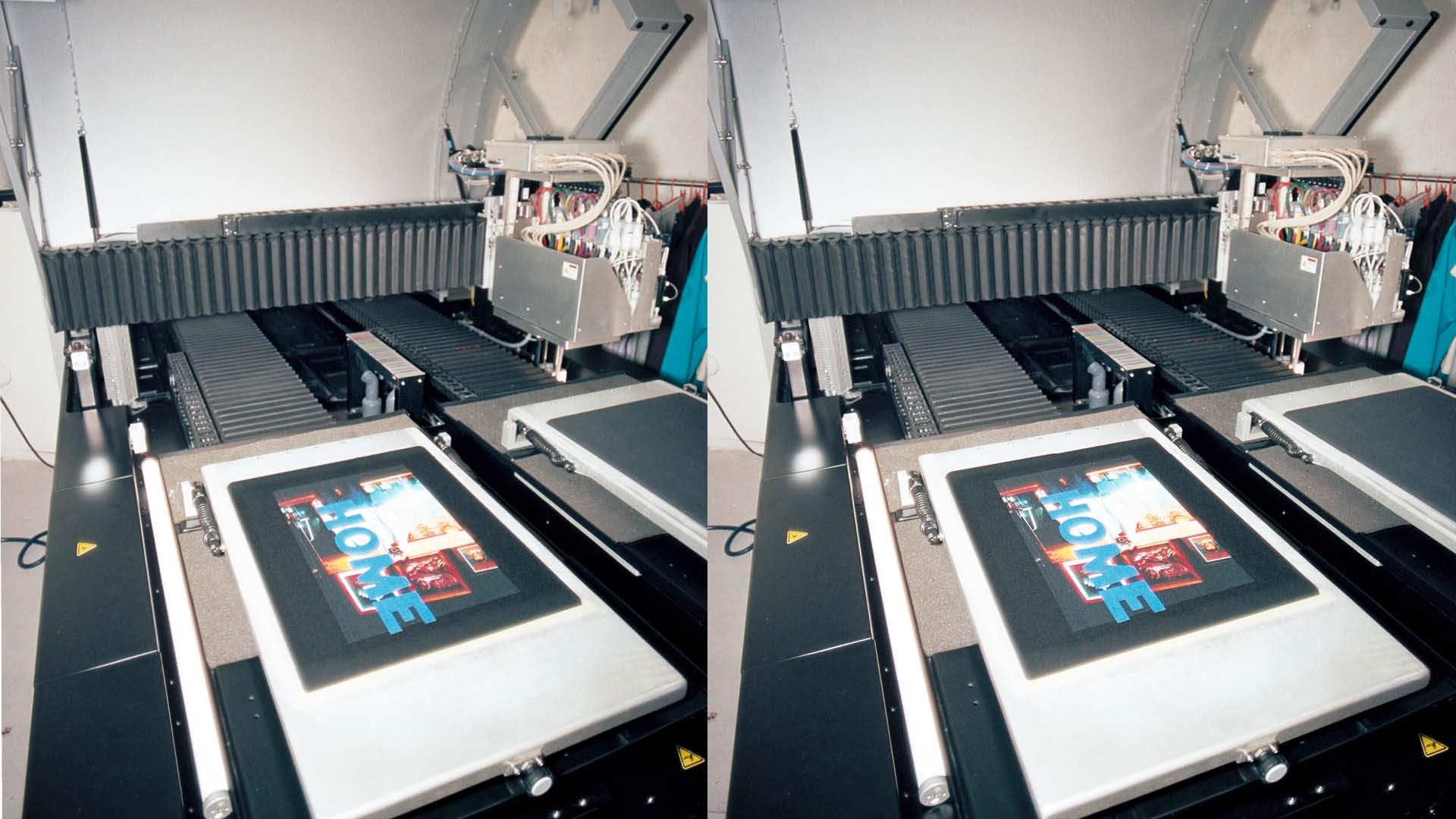
What Is Print On Demand
Our simple breakdown of print on demand as a business model, and explainer on why it's changing how we make fashion and enable creativity.
Read more
How To Start A Print On Demand Business
Want to start a print on demand business? Here's Creator Studio's simple guide to getting up and running in the most dynamic and creative industry out there.
Read more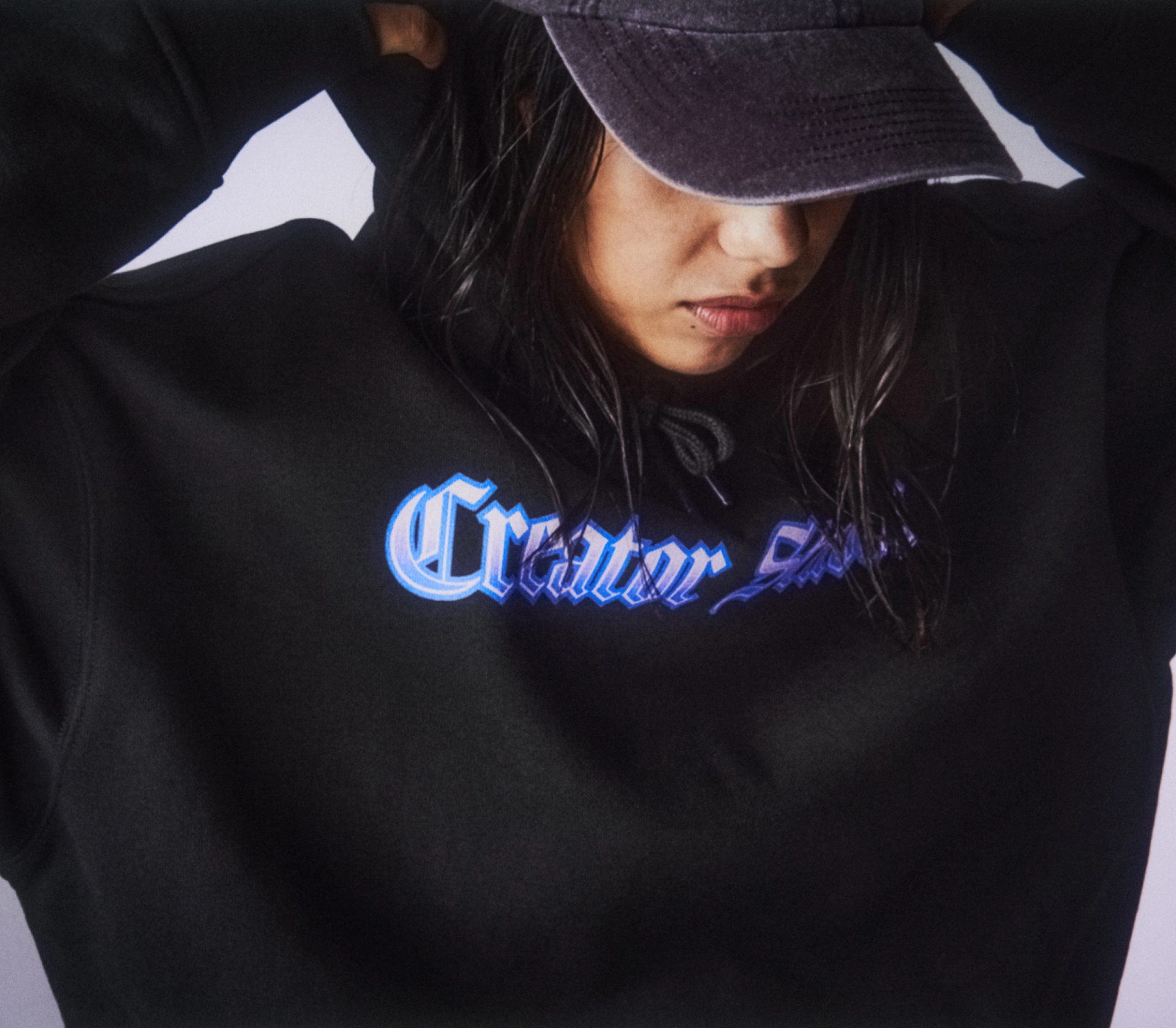
How To Create A Marketing Calendar
Everything you need to know about create a marketing calendar with our guide.
Read more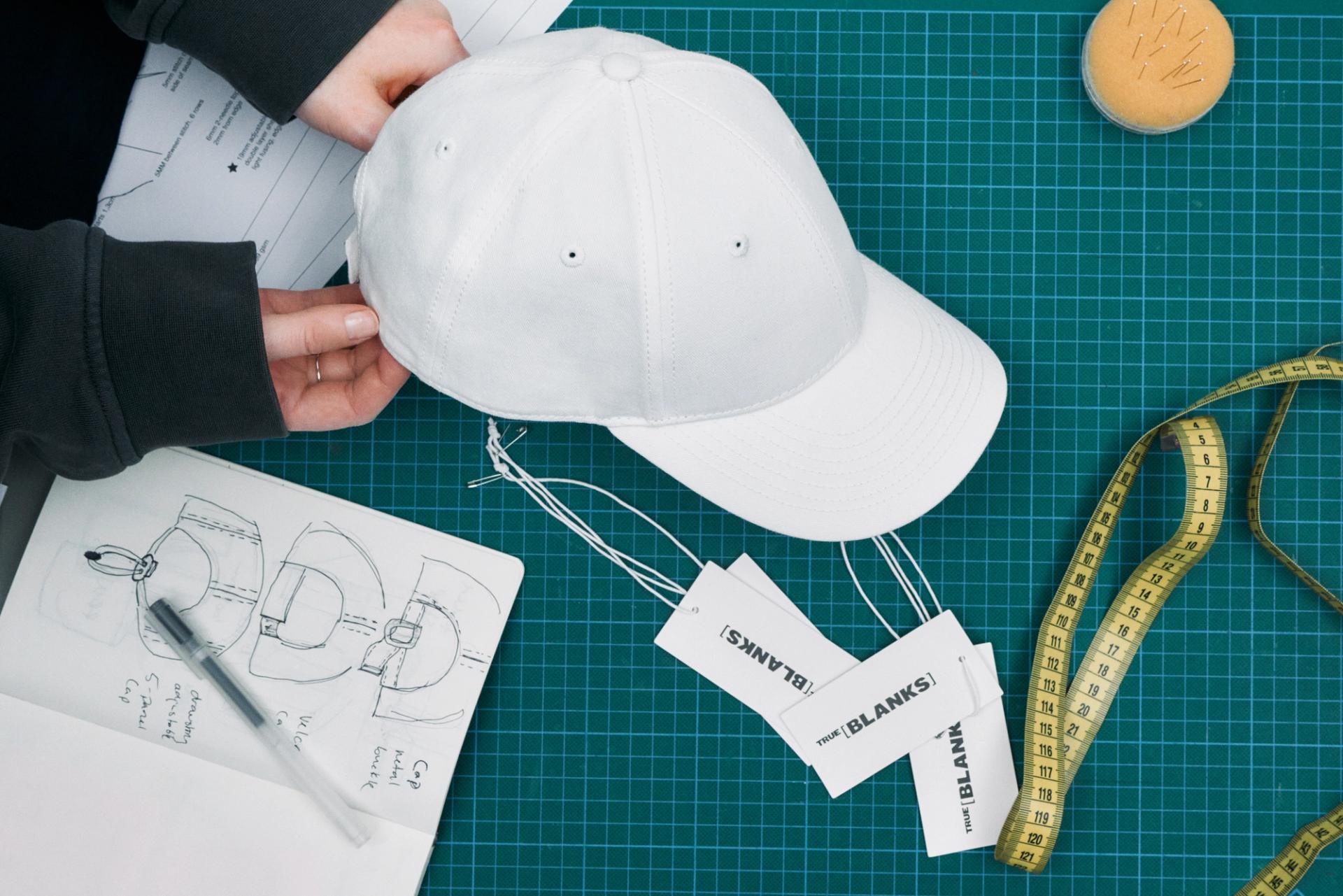
How To Create A Clothing Collection
Everything you need to know about starting your own clothing collection from scratch, using print on demand to mazimise your success while keep costs to basically zero!
Read more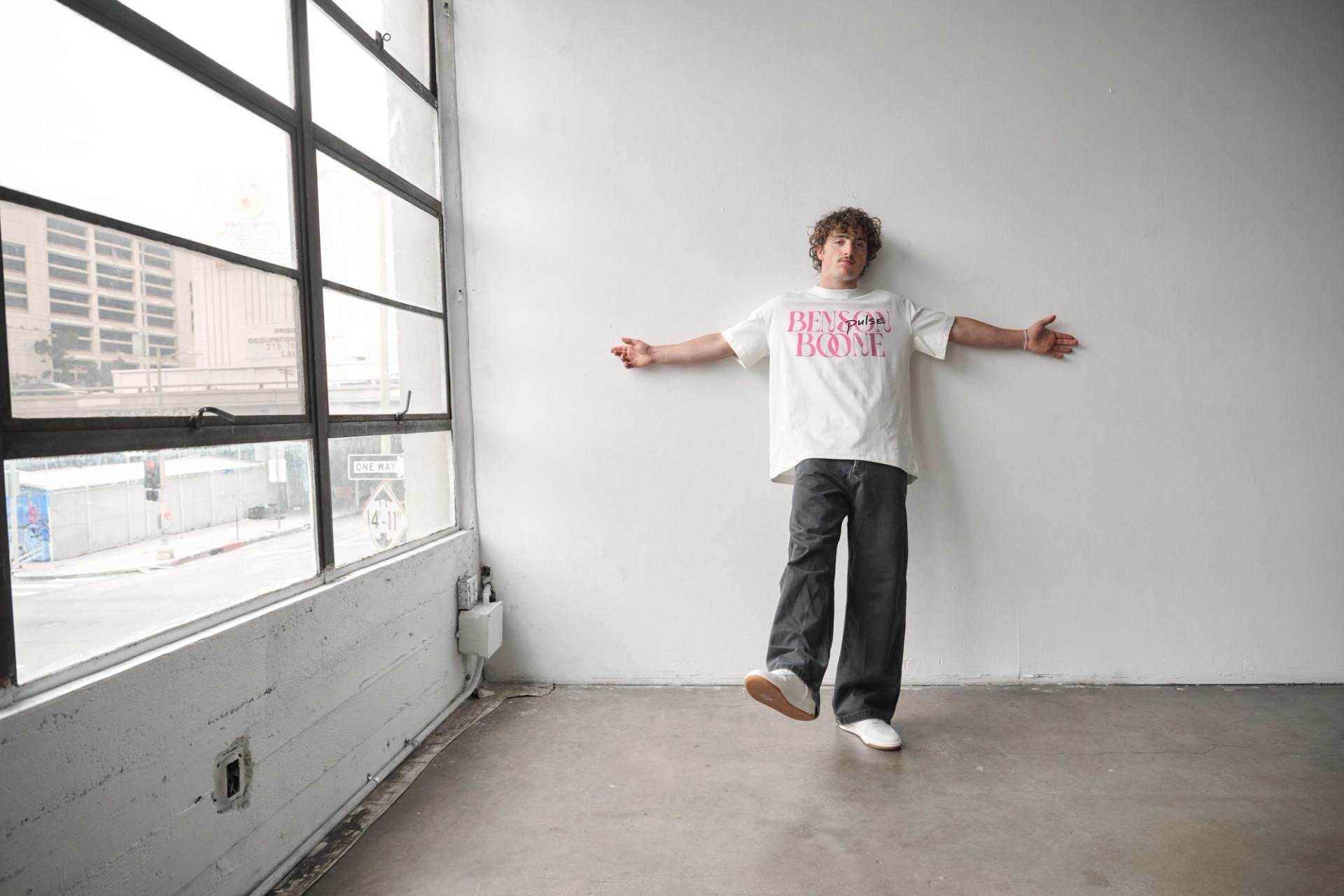
How To Sell Merch On Spotify
Read our guide and learn how to link Shopify to Spotify. A win-win situation for a record label, band, producer or artist!
Read more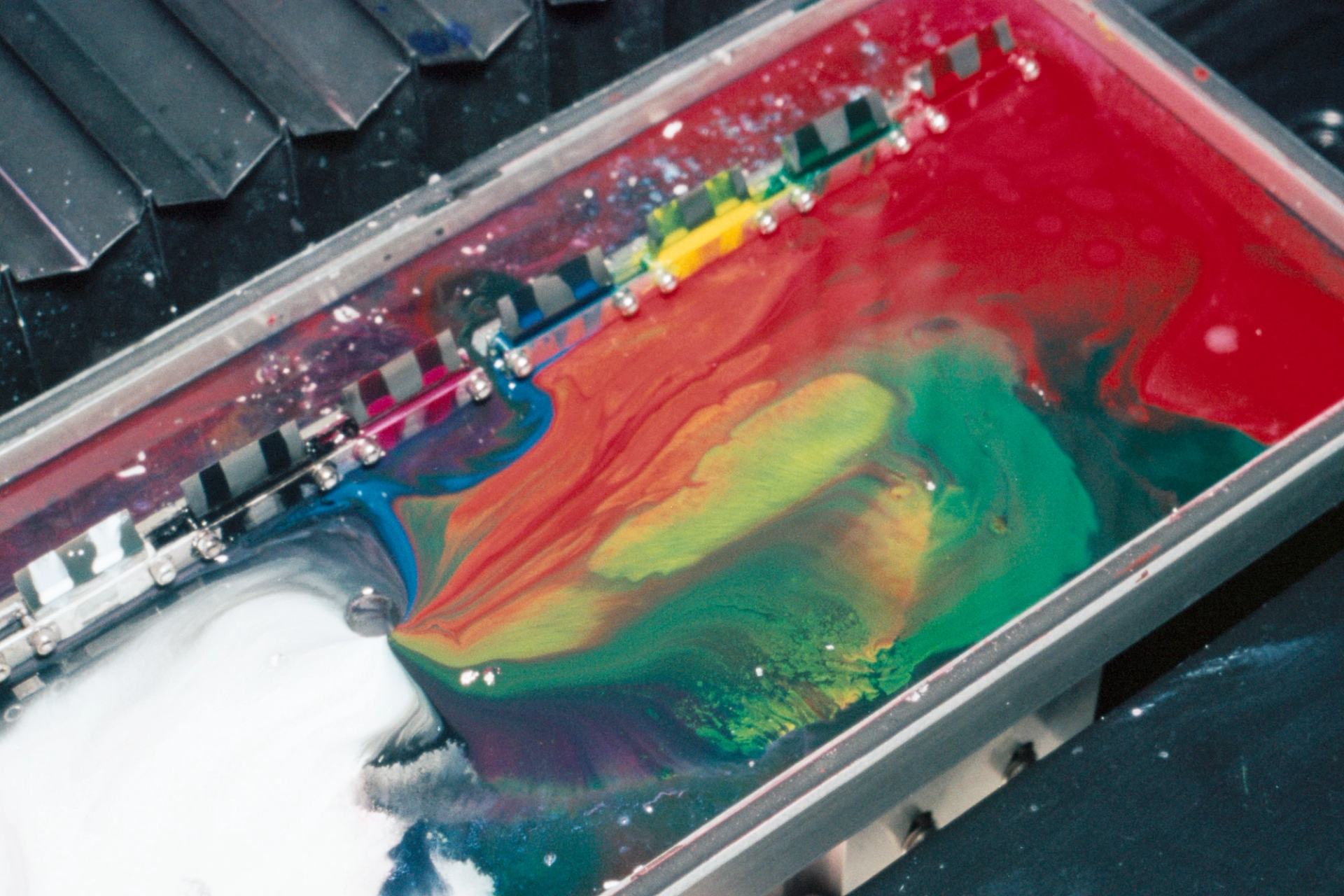

Screen Printing vs DTG
Read our guide about the difference between Screen printing and DTG (direct-to-garment) printing!
Read more
© Creator Studio 2025 - Part of H&M Group
106 38 Stockholm, Sweden